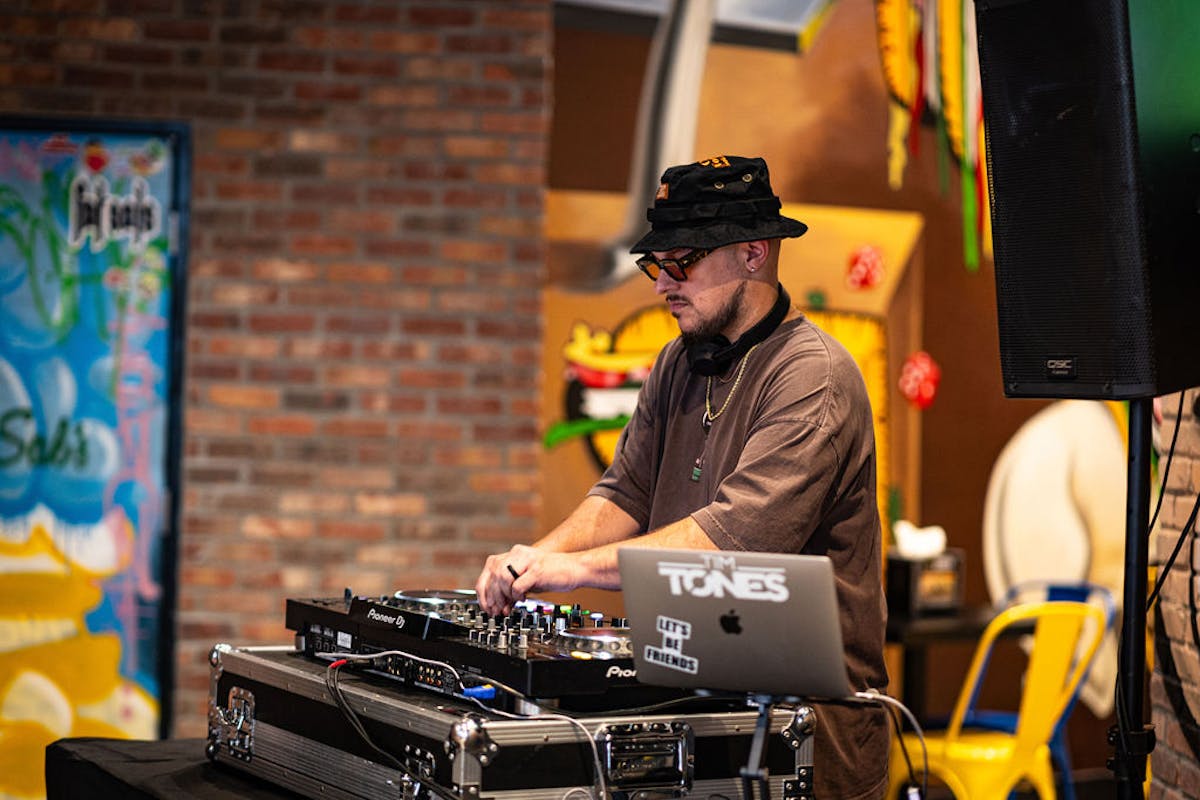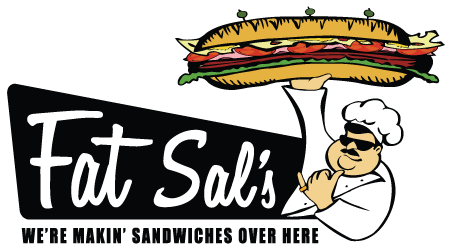Late Night Food Culture: How it’s Shaping Social Life

After spending hours sweating and dancing in a nightclub, you don’t need another drink – you need food. From Bangkok to Berlin, big cities around the world are known for their iconic nightlife that lasts until dawn. And what is nightlife without the fuel to support it?
Late night food supports partying, midnight study sessions, late-night shifts and all the other creatures of the night. It’s not just food — after dark dining also shapes culture, providing gathering spaces when the sun has set. Midnight snacks, whether enjoyed at 24-hour diners or street vendors, are an opportunity to try new foods, and connect with those outside of your daily routine.
Cornerstones of Late Night Food
In the United States, the average restaurant closes between 8-10 pm. Our culture is not set up for the 11 pm dinners you’ll find in countries like Spain and Argentina — but there are some exceptions.
Food Trucks and Street Vendors
Who are the unsung heroes of the night? Those who sling tacos and hot dogs on the corner at midnight. Think of street vendors and food trucks as beacons of light, guiding night owls to sustenance. These foodservice operators can be found in most big cities and some mid-sized ones too. They don’t follow many rules — with the right licensing, they can serve food at any time, and anywhere.
Open Late Cafes and 24-hour Diners
Thanks to these brick-and-mortar establishments, we can have coffee all day and night, and pancakes during the most absurd hours. They’re dependable, always in one spot, and sometimes, always open.
Late Night Foods
Let’s check out some of the most iconic late-night foods from around the world:
Tacos in Mexico City
Ramen in Tokyo
Döner kebabs in Berlin
Choripán in Buenos Aires
Dim sum in Hong Kong
Pizza Al Taglio in Italy
Fat Sandwiches in Los Angeles and Las Vegas
Shaping Culture and Social Life
We live in a globalized world, especially in the most bustling metropolises. Many choose not to conform to the typical 9-5 job, or even on-campus education. With the rise of remote work and school, traditional schedules no longer need to be followed.
Students, insomniacs, new parents, creatives, night shift workers, partygoers, jet-lagged travelers, — these are just a few of the people active in the night. If you’re awake in the wee hours of the morning, chances are you’ll need to eat.
Adapting to Modern Work Lifestyles
It’s not breaking news that not everyone works the traditional 9-5 schedule. Remote work and the gig economy have remained after the COVID-19 pandemic, leaving freelancers to set their own schedules, which could run through the night. The 9-5 workers have their lunch hour anywhere from 11 am to 2 pm, and late-night gig workers have the 10 pm-3 am slot.
FYI: Leonardo DiCaprio and Brad Pitt enjoy getting creative work done in the late hours of the night with a Fat Sal’s to-go order.
Creates Social Gathering Spaces
In Europe, there’s a concept called the “3rd space”, which refers to a place to meet outside of work or school and the home. For those who don’t want to drink or party at a bar or club, a late-night eatery is the best place to meet up.
Fuels Creative and Cultural Movements
Parisian cafes have supported writers like Fitzgerald and Hemingway, while who knows what wild ideas have been produced in a 24-hour Waffle House. Some of the best ideas happen past 10 pm, when many traditional restaurants close their doors for the night. Bars and clubs aren’t the best for intellectual conversations or talking strategy.
Strengthens Community and Inclusivity
Late night food joints often attract a diverse mix of people—from students to workers, travelers to locals. This creates an atmosphere where different social groups interact in ways they might not during their normal day-to-day life. Late night food is as diverse as the people eating it, with every culture throughout the world having its own version.
Midnight snacks are an opportunity to try new foods – often there are only so many places open, and your regular lunch spot is likely closed already. If the kebab joint down the block is the only place open at 11pm, chances are you’re going to go there —even if you’ve never had a kebab before.
Social Media and Marketing
Visual social media platforms like TikTok or Instagram can entice you to eat, especially after seeing something like pizza oozing with hot honey or loaded fries — even if it’s past your bedtime. Taco Bell’s iconic fourth meal, and make you feel hungry, even if you weren’t thinking about food.
Fourth Meal Marketing Campaigns
The three-meals-a-day concept is a bit antiquated — sure, it’s a good starting point to remind us to eat throughout the day, but most don't follow a rigid schedule. Remember the launch of Taco Bell’s iconic fourth meal campaign in 2006? It’s the meal between dinner and breakfast, the important midnight snack.
Extended hours at QSRs
Quick service establishments – aka fast food – tend to stay open later than traditional sit-down restaurants. During the summer when there are more hours of sunlight, QSRs see more sales at night compared to other seasons. As a result, more businesses, such as Pizza Hut, have advertised extending their hours to appeal to the late night eaters.
Late Night Dining Extends Beyond Food
Late night food isn’t just about satisfying a craving; it’s a key part of nightlife that brings people together. Whether at the corner taco stand or the 24-hour diner, late night dining shapes the way we interact and connect. These midnight snacks serve as a reminder that food is more than sustenance: it’s a shared experience, and sometimes, the best part of the night.
